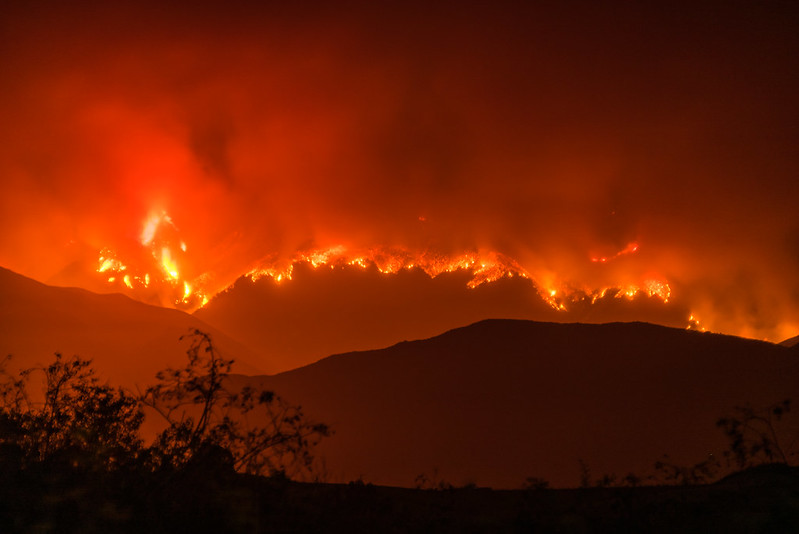Wildfires are no longer seasonal anomalies; they are a year-round national threat.
This spring, hundreds of acres burned in southern New Jersey’s Pine Barrens, while smoke from Canadian wildfires repeatedly blanketed cities across the Midwest and East Coast, pushing air quality indexes into hazardous territory. These are no longer Western issues. They are symptoms of a systemwide failure in forest and wildfire policy.
At the core of the problem is overgrown, fire-prone forestland — 80 million acres of U.S. forests that need thinning. This buildup of flammable biomass, including small-diameter trees, underbrush and dead wood, results from natural growth and over a century of fire-suppression policy. For decades, federal and state agencies have prioritized quickly extinguishing wildfires. However, without periodic, low-intensity fires to clear the forest floor, the fuel piled up. Now, when fires ignite, they burn hotter, faster and more destructively.
Despite wildfires’ growing severity and cost, America still lacks a cohesive national strategy to reduce the fuel load. The key obstacle is economic: biomass has no reliable market. It’s too expensive to remove and transport, and its value is too low to attract private investment. Logging companies focus on timber, not brush and waste wood. Risk mitigation relies on governments and taxpayer-funded suppression and recovery efforts, rather than a market solution.
To address this, some researchers and regional leaders are exploring ways to make biomass removal economically viable. One such effort is Arizona State University’s “Biomass to X” initiative, which focuses on converting forest debris into products such as renewable natural gas, e-methanol and biochar. These products can support energy transition goals, reduce fire danger, and generate value for rural communities. A 90-second explainer video summarizes the concept.
Promising ideas alone won’t solve the problem. Biomass to X, like other innovative models, faces several structural challenges that hinder its scalability. One of the biggest is supply consistency. Most Forest Service thinning projects operate on short-term, geographically scattered contracts. These don’t provide the long-term feedstock guarantees needed to attract private capital or build processing infrastructure. Without a dependable supply, developers won’t invest, and biomass stays on the ground without that investment.
Permitting is another barrier. Even projects with strong community backing often face delays due to complex environmental reviews, conflicting regulatory standards, or litigation. While accountability is critical, permitting frameworks must be modernized to allow responsible projects to proceed efficiently.
Then there’s the lack of coordination across agencies and funding streams. Wildfire risk touches agriculture, energy, insurance, health and rural development, yet the programs addressing these areas often operate in silos. A national strategy should link biomass use to climate resilience, energy innovation, and rural revitalization, not treat it as an isolated forestry issue.
Meanwhile, the cost of inaction continues to rise. In January 2025, insured wildfire losses in California exceeded $30 billion, making it the costliest fire disaster in U.S. history. Rural economies are destabilizing, insurance markets are retreating, and repeated disasters are hollowing out communities. Climate adaptation funds remain poorly aligned with fire prevention.
We need a different approach. One that doesn’t just suppress fire but actively reduces the fuel. One that doesn’t rely on emergency declarations but on strategic investment. One that doesn’t treat biomass as a waste product but as a resource for resilience.
That means:
—Coordinating federal agencies to align forest, energy and climate programs.
—Supporting long-term stewardship contracts that provide a predictable biomass supply.
—Investing in infrastructure for collection and conversion.
—Streamlining permitting without sacrificing environmental safeguards.
—Bridging financing gaps with public-private partnerships and philanthropic capital.
Biomass to X may not be the final answer, but it represents the kind of systems thinking we need. It’s pragmatic, regionally grounded, and focused on turning a problem into an opportunity.
We can spend billions on suppression and disaster relief, or we can invest in solutions that address the root of the problem — fuel buildup — and transform our forests from fire traps into engines of resilience.


